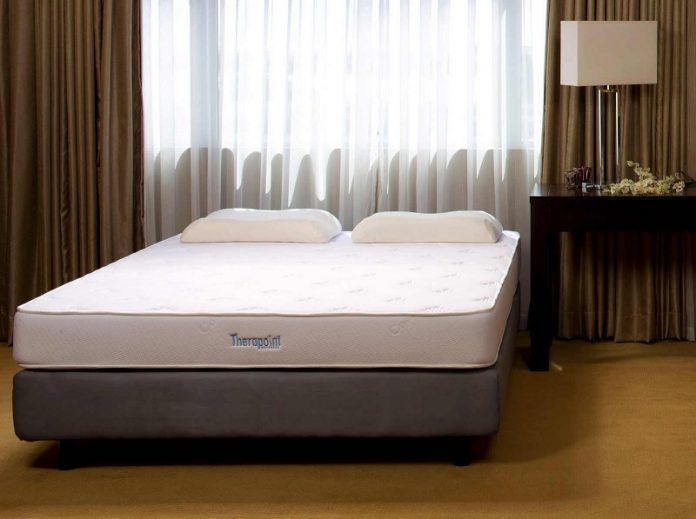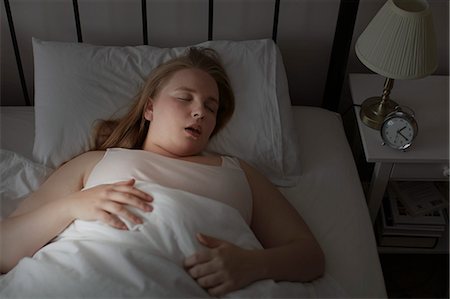When you’re shopping for a mattress, what are your top considerations? Is it the size? Price? Aesthetics? Warranty? Have you ever considered buying based on firmness? Sadly, a lot of people don’t.
For some, mattress firmness is at the bottom of the list of priorities. This shouldn’t be the case. The firmness of a mattress will be a contributing factor to the quality of your sleep. Should this be taken for granted? The answer is a big NO.
What is Mattress Firmness?
First, let us discuss what mattress firmness is. This is the way a mattress feels when slept on and how much comfort it provides. On one end of the spectrum, some mattresses could be too firm. They could feel like you’re sleeping on cold, hard ground. On the other end, you could have something so soft that it feels like a cloud.
Mattress firmness, though, is extremely subjective. A certain mattress may be comfortable for one person, but uncomfortable for another. Mattress manufacturers may offer the same mattress with different firmness levels for this very reason. They even provide the option of having different firmness levels on different sides of the mattress. If you’re wondering if it is indeed possible – yes, it is.
The firmness of a mattress could be related to how much support it provides. However, they are not one and the same. Support refers to how well the mattress aligns the spine to the rest of the body. If a mattress relieves pressure points and aligns the body, then it is supportive. This is regardless of whether it is soft or hard.
On the other hand, firmness refers to how soft or hard a mattress is. It may also refer to the comfort a certain mattress provides, as previously mentioned.
What’s the Right Firmness for Me?
A lot of mattress manufacturers (e.g. latex mattress manufacturers) now offer a type of firmness that they claim is universally comfortable. However, this does not apply to all people. Some people still need something firmer or softer depending on a number of factors. To simplify things, this article will discuss mattress firmness in three levels: soft, medium, and firm.
As to what level of firmness is right for you depends on a number of things. For starters, it could depend on what position you sleep in. Are you a back sleeper, side sleeper, or stomach sleeper? It could also depend on how much you weigh. Are you on the heavy side or the light-weight side? You should take all of these factors into consideration when choosing your next mattress.
Sleeping Positions
- Side Sleepers: This is arguably the most common sleeping position. Side sleepers account for those who sleep in a fetal, log, and yearner positions. First, in the fetal position, the arms and legs are tucked in close to the body. In the log position, the arms and legs are positioned straight. Lastly, in the yearner position, the legs are straight, but the arms are extended in front.
People who sleep on their side curve their bodies more than those in other positions. Because of this, it is important that their pressure points are relieved. A mattress that conforms to the natural curves of the body would be ideal. This allows the mattress to fill in any open spaces.
If you are a side sleeper, you need your body to sink into the mattress a little bit. You would also need your weight to be more equally spread throughout. A softer, yet thicker mattress will do just the trick. However, a mattress should not be too soft that you who is sleeping on it will sink.
- Back Sleepers: Experts say sleeping on your back with your arms to the side is the best position. Back sleeping also includes the starfish position, wherein all of a person’s limbs are spread out. The problem is that a lot of people don’t actually find it comfortable for starters. You could remedy this by sleeping on a bed that is made for this position.
Back sleepers benefit from a slightly denser mattress coupled with a thinner comfort layer. About two inches would suffice. What needs to happen is for the mattress to fill the space in the lower back. This should be accomplished without putting the rest of the body out of position.
- Stomach Sleepers: These people are the rarest of the bunch. Some claim that sleeping on your stomach could help stop snoring. However, this is not the case for people, as some may find it harder to breathe. The best we can recommend is finding a mattress that reduces negative effects of this position.
Those who sleep on their stomach usually have their head turned on one side. This could put a massive strain on the neck. Stomach sleepers need something relatively dense and stiff. If you’re a stomach sleeper and you use a softer mattress, it could create an unnatural curve on the back. This is also the case with your neck and hips. Firm and thin comfort layers are ideal for stomach sleepers.
What about Weight?
- Heavy: If you’re heavy set, you will need a mattress a bit on the firmer side. You would do well with something in the middle of the park in terms of firmness. However, you would benefit more from something with more support than that.
People who weigh more put considerably more pressure on a mattress when they lie down. A firm mattress, such as latex mattress, provides more support and ensures that you won’t simply sink in. Weight and pressure points will be more evenly distributed as you sleep, reducing pain and discomfort.
The thickness of a mattress is another important thing to consider. Heavier set people benefit from a thicker support layer. While a couple more inches than usual would suffice, 10 inches is the recommendation
- Light: Lighter people don’t need as much support compared to their heavier counterparts. Because of this, they could do well with a soft to a medium-firmness mattress. Thinner people weigh less, which means that they won’t sink as much in something stiffer. As we’ve learned, a bit of sinking into the mattress is needed. This allows the mattress to contour to your body shape and to alleviate pressure points.
Pain and Discomfort
Different types of pain and discomfort can be alleviated using varying mattress firmness.
- Back Pain: A mattress with medium firmness is ideal for back pain. A heavier person would need a firmer mattress to help with lumbar discomfort.
- Hip Pain: This is most probably caused by improper alignment of the spine. You’ll need to look for a mattress that supports your lower back. A soft to medium firm mattress will do the trick of lessening hip pain significantly.
- Shoulder Pain: A mattress that is too firm is what usually causes shoulder pain. If you experience discomfort around this area, it may be time to get a softer mattress.
The Bottom Line
When it comes to mattresses, you have a lot of options available to you. The options are there because not all mattresses are created equal.
Make sure to have an idea regarding your sleeping needs and nuances. Knowing these will be of great help in order for you to be able to choose the right mattress firmness. Note down things like your weight, and where you feel pain and discomfort, among other things.
Author Biography
Bibo Chen is an entrepreneur by profession and writer by heart. He is the co-founder of LatexBear, a company specializing in mattresses and raw materials, aiming to provide people with safe and environmentally-friendly bedding solutions. He manages blogs focusing on sleep-related tips, ideas, and advice.



















